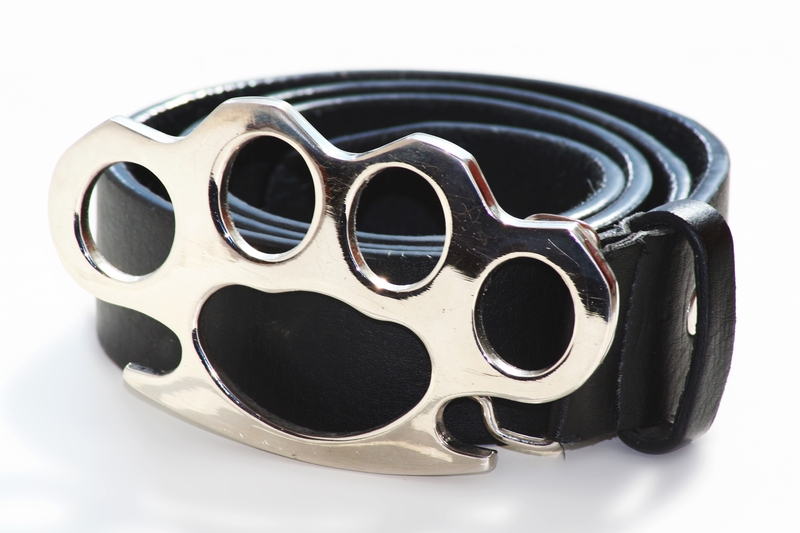
Strong appealed: 2012 BCCA 279.
On appeal Strong argued that the trial judge erred and had "improperly reversed the onus of proof by effectively requiring the appellant to prove that the item was not a prohibited weapon" [at para 3]
In considering the appeal the court of appeal reviewed two Murray decisions (different Murrays) from the Ontario Court of Appeal: 1985 CarswellOnt 851 (CA) and 1991 CarswellOnt 700 (CA); as well as its own decision in R v AK, 1991 CarswellBC 429 (CA). The analysis of these cases tracked the history of section 2 (the definition of “weapon”) – which had changed from 1985 to 1991 – as well as the history of this offence. Interesting, in AK and the 1991 Murray case, the courts of appeal disagreed about the interpretation of the offence and section 2 – both cases involved Nunchaku sticks.
In Strong the court of appeal noted that section 2 had changed yet again. The most recent change effectively brought the definition full circle. The court of appeal offered the following in relation to the current definition and its application to the brass knuckle belt buckle.
The appellant is correct that the objective element of the definition of "weapon", which the Court in A.K. effectively read into s. 2, is now expressly contained in s. 2. Thus, if the appellant knew he possessed an object that met the description of brass knuckles prescribed under s. 84(1) (whether or not he knew it was prescribed to be a "prohibited weapon"), he possessed an object that was "designed to be used" as a weapon. The amendment to s. 2 has removed the concern of the Court in A.K. that the Ontario Court of Appeal's interpretation of s. 84(1)(e) imported a "completely subjective element". The issue addressed in A.K. has been dealt with by the amendment to s. 2, and it is not necessary that this division either apply or distinguish A.K. in deciding this appeal.
At the hearing of the appeal, after viewing the exhibited belt buckle/brass knuckles, the appellant's counsel accepted that the object met the description of brass knuckles as prescribed under s. 84(1), and was designed not simply as a fashion accessory but to be used as a weapon. He effectively abandoned the appellant's arguments that he did not know he possessed brass knuckles, and that the trial judge had not determined that the brass knuckles were designed to be used as a weapon [emphasis added]; [paras 37-38].
As such, the Court dismissed the appeal.